For the past few years, Flair Airlines has fiercely gone up against Canada’s biggest airlines. Despite being threatened by numerous challenges, including aircraft seizures and tax arrears – it has so far endured the competitive Canadian aviation market.
As an ultra-low-cost carrier, Flair’s airfares are often ridiculously affordable in the Canadian context. The country’s biggest airlines have tried to match Flair in this regard but to no avail – Flair is often the cheapest option on the routes it serves.
However, to be able to respond better to Flair, WestJet recently introduced a new fare tier called UltraBasic. Similar to what Flair offers, this new offering is a stripped-down fare that, among other attributes, doesn’t come with carry-on baggage and disallows changes or cancellations.
In this guide, let’s take a look at how WestJet UltraBasic compares with Flair’s ultra-low-cost fares to see which airline offers the better option for budget-conscious travellers.
Network and Routes
At one point in the past, WestJet’s strategy was to claim Western Canada as its turf, leaving the east for Air Canada; however, it has seemingly recalibrated its plans with its acquisition of Sunwing and the folding of Swoop into its mainline operations.
These days, WestJet flies out of Toronto (YYZ) comprehensively, in addition to its traditional Western hubs in Calgary (YYC), Edmonton (YEG), and Vancouver (YVR).

Out of Toronto, WestJet mostly flies to sun and leisure destinations, while out of its Western hubs, it flies a larger route network covering domestic, transborder, and long-haul destinations. In total, WestJet now flies to more than 175 destinations in over 20 countries with its 134 aircraft.
Meanwhile, Flair Airlines flies to over 35 destinations with its much smaller fleet of 20 aircraft.
Its routes mostly fly to sun and leisure destinations within the Americas, focusing on services from the airports in Toronto (YYZ), Kitchener–Waterloo (YKF), Calgary (YYC), Edmonton (YEG), and Vancouver (YVR).

With their focus cities overlapping, Flair and WestJet compete on a number of routes, making their fare pricing comparable, as we’ll discuss below.
Reliability
Frankly, it’s hard to objectively judge which airline is more reliable. Both carriers face the same problems – inclement weather, unforeseen maintenance, and staffing issues, just to name a few.
Both airlines have also often been criticized in the media for their handling of customer complaints and compensation claims as well.
However, WestJet’s edge over Flair Airlines is the size of its fleet and network. This means, in many cases, WestJet has more wiggle room to accommodate passengers affected by irregular operations (IRROPS) or adverse events.
 WestJet has a much larger fleet that includes propeller planes
WestJet has a much larger fleet that includes propeller planesFor an example of this premise in action, imagine that your Vancouver–Toronto flight was cancelled. With WestJet, there are multiple other flights on this route each day, which gives you a decent chance of being rebooked into an empty seat on the same day.
Comparatively, Flair only flies the route once or twice a day, which means there are fewer potential seats in which you could be rebooked.
WestJet can rebook you into connecting flights as well, since it operates on a “hub-and-spoke” model, whereas Flair operates on a simpler “point-to-point” model that doesn’t technically allow connections.

A bigger fleet also allows WestJet to allot reserve or standby aircraft and crew, whereas an adverse event, such as a weather disruption, can result in a more drastic domino effect in Flair’s operations because of its smaller size.
Again, neither airline is immune to problems, but when it comes to reliability, these are all important considerations.
Pricing
The WestJet UltraBasic fare was launched, ostensibly, to replace fares offered by Swoop and to compete with Flair, and it’s a stripped-down version of WestJet’s regular economy fare.
To summarize, the UltraBasic fare comes with the following conditions:
- Personal item only; no carry-on bag, except on long-haul flights to Europe or Asia
- Checked bags for a fee
- No voluntary changes and cancellations allowed (even within 24 hours of booking)
- No WestJet Rewards and other frequent flyer earning
Meanwhile, Flair Airlines’ fares are classified as bare bundle, basic bundle, and big bundle, with the major difference among the three being the amount of baggage you’re allowed.

However, unlike WestJet’s UltraBasic fare, which expressly prohibits changes and cancellations, Flair allows changes and cancellations on all its fares, either by paying a steep fee or buying a more affordable add-on called Travelflex during booking.

Admittedly, Flair’s change and cancellation fees are high and would likely eat up most of the cost of your airfare in the end, but it’s still better to be offered the option than to be stuck with no recourse.

In terms of pricing, Flair is frankly unbeatable; it will almost always be the cheapest option wherever it flies. However, WestJet UltraBasic is competitive with Flair’s fares, and to illustrate this, let’s take a look at a couple examples.
On a Wednesday in February 2025, similar Toronto–Vancouver flights cost $107 (all figures in CAD) with Flair and $130 with WestJet UltraBasic.

If you choose to take the risk and book with an online travel agency, you can bring the cost of the WestJet flight down to as low as $108, almost on par with Flair.

For similar Calgary–Las Vegas flights, Flair is cheaper, but WestJet UltraBasic isn’t that much more expensive.

This is basically the trend across the board for the routes where the two airlines compete. Flair is typically cheaper, but WestJet UltraBasic doesn’t cost much more, so you may be able to easily disregard the difference.
Check-in
With Flair Airlines, you must check-in online or you’ll be subject to a $25 fee if you choose to check-in at the airport counter.
However, Flair also has this unusual policy, whereby even if you check-in online, you’ll still need to show up at an airport counter (for free) if you didn’t purchase a carry-on as part of your fare.
This requirement exists so that Flair staff can size and tag your personal item (making sure it complies with their size rules), as well as issue your electronic boarding pass on the spot. This process can be inconvenient because you’re forced to show up early and queue at the airport even if you don’t have checked bags.
 With Flair, you must have your personal item sized at the counter if you didn’t buy a carry-on
With Flair, you must have your personal item sized at the counter if you didn’t buy a carry-onComparatively, WestJet doesn’t impose a counter check-in fee on UltraBasic for now. This is possibly one of the reasons why WestJet’s airport queues can anecdotally be quite long at times, as more passengers chose the in-person check-in over the online option.
It’s certainly not outside the realm of possibility for WestJet to follow Flair’s footsteps and impose a fee for counter check-in for UltraBasic fares in the future if it means it’ll shorten airport queues and consequently save money on staffing.
Baggage
Both WestJet UltraBasic and Flair Airlines fares only allow you to bring a personal item by default. The allowed personal item size for both airlines is similar, and it is also smaller than what’s allowed on most US-based carriers.
The allowable personal item measurements for each airline are as follows:
- WestJet: 41cm x 15cm x 33cm (16in x 6in x 13in)
- Flair: 43cm x 15cm x 33cm (17in x 6in x 13in), with a 7kg weight limit
While the personal item sizes are similar for both airlines, what distinguishes the two policies is the enforcement of the size limitation. In this regard, Flair is much more strict than other airlines; so much so, that it’s become a major point of contention with passengers.
 Flair is much more strict in implementing personal item size
Flair is much more strict in implementing personal item sizeFlair checks personal item sizes at check-in and/or at the gate, and approved personal items must be tagged with a sticker. Baggage that doesn’t fit within the size requirement result in passengers being “fined” as much as $89 plus tax on the spot.
In contrast, WestJet, anecdotally doesn’t check personal item sizes as much as Flair (for now), though reportedly, it does spot checks on sizing at its Calgary hub.
As for carry-on baggage, Flair allows you to add an item to your fare for a fee either at the time of booking or afterwards. If you add a carry-on at the time of booking, the fee is between $29–59 plus tax. You could alternatively pay a fee of $49–69 plus tax when you check-in online, up to $89 plus tax when you add a carry-on at the airport, or you can pay a “fine” at the gate.
On the other hand, WestJet UltraBasic forbids carry-ons except when your itinerary involves a flight to Europe or Asia. If you were to bring a carry-on to the gate when you’re not supposed to, you’ll be forced to check your bag and pay a service fee on top of the airport checked bag fee.
Fortunately, there’s a way for you to somewhat circumvent the lack of included carry-on with WestJet’s UltraBasic fare. By holding the the WestJet RBC® World Elite Mastercardǂ, you’re granted a free checked bag for yourself and up to eight other people on the same reservation as part of the card’s core benefits.
With a WestJet UltraBasic fare, the first checked bag can cost as much as $77 (CAD/USD) for flights to Canada, US, and Latin America, and up to $113 (CAD/USD) for flights to Asia and Europe.
Offsetting these checked bag fees can easily justify the modest $119 annual fee of the WestJet RBC® World Elite Mastercardǂ, even if you only fly WestJet a few times a year.
WestJet RBC® World Elite Mastercardǂ
Seats
Neither Flair Airlines nor the WestJet UltraBasic fare allows you to choose a seat for free at any point, not even at online check-in or at the counter. In other words, if you want to be seated in a particular seat or part of the aircraft, you’ll need to pay a fee to choose a seat – or you’ll need to make do with free random seating allocation.
 With both Flair and WestJet Ultrabasic, you must pay a fee to choose your seat
With both Flair and WestJet Ultrabasic, you must pay a fee to choose your seatWith Flair, as is the case with most low-cost carriers, the cost of a seat depends on its place on the plane and the extra space it affords, if applicable, with the prices ranging from $15–45.
With WestJet’s UltraBasic fare, you are assigned a seat at the back of the aircraft unless you opt to pay a seat fee, with prices similar to Flair’s model.
Optionally, you could also choose to “upgrade” to Extended Comfort, which offers a seat with extra space toward the front of the cabin and also allows you to bring a carry-on.

Pricing for Extended Comfort isn’t exactly cheap though, so if you’re only upgrading to bring an extra bag, you might be better off checking it in, either for a fee or for free with the WestJet RBC® World Elite Mastercardǂ.
Boarding
Boarding with Flair Airlines is mostly egalitarian – your boarding order will depend on your seat number or place in the plane. You can, however, pay extra for priority boarding service if you want to be among the first on the plane.
With WestJet, there are different boarding zones to accommodate premium, elite, and regular economy passengers. As a WestJet UltraBasic passenger, you’ll board last, as part of zone 9, which for narrowbody flights is the fifth boarding zone.
 WestJet Ultrabasic passengers are boarded last
WestJet Ultrabasic passengers are boarded lastBeing the last group to board allows gate agents to effectively screen those who aren’t supposed to bring a carry-on, and ostensibly, it prevents UltraBasic passengers from using overhead bin space for their personal items, which should be stowed under the seat.
As for the physical seats, they’re practically the same in both Flair and WestJet economy cabins – there’s no noticeable difference in terms of legroom/pitch or width, and they’re both in line with what you can expect from a low-cost carrier.
Inflight Amenities
As with most ultra-low-cost carriers, Flair Airlines is understandably barebones when it comes to amenities. There’s no inflight Wi-Fi or entertainment, and you have to pay for food and drinks – even water.
This aspect of the flight experience is where WestJet handily trumps Flair. While more substantial food options and alcoholic drinks still need to be paid for, WestJet provides all economy passengers with a selection of free hot and cold drinks, as well as small snacks.
 WestJet provides all economy passengers with drinks and small snacks
WestJet provides all economy passengers with drinks and small snacksFor WestJet’s long-haul flights, hot meals, snacks, and a selection of hot and cold drinks are free, even for UltraBasic passengers.
Where available, WestJet also provides inflight entertainment, including movies and TV shows, through its app, which you can download before your flight. Inflight Wi-Fi is likewise available, but for a fee.
Elite Benefits and Rewards Earning
Flair Airlines doesn’t have a frequent flyer program nor does it offer a co-branded credit card, so there’s nothing to discuss with regards to elite benefits or rewards earnings.
Given this, this might be the area of comparison that could make the case for WestJet UltraBasic for you.
As briefly mentioned above, when you purchase a WestJet UltraBasic fare, you won’t earn any WestJet dollars, and the fare won’t help you attain elite status with WestJet Rewards. However, buying an UltraBasic fare doesn’t preclude you from accessing most benefits associated with your WestJet Rewards elite status if you’re eligible.
 If eligible, you’re still allowed entry to the WestJet Elevation Lounge with Ultrabasic
If eligible, you’re still allowed entry to the WestJet Elevation Lounge with UltrabasicWhile your elite status won’t allow you to bypass the no-carry-on rule with UltraBasic, you’re free to use the following benefits, if applicable to your status:
- Complimentary upgrades
- Free checked bags
- Priority check-in, security screening, boarding, and baggage
- Lounge access
- Advance seat selection
 With elite status, upgrades are still possible with an UltraBasic fare
With elite status, upgrades are still possible with an UltraBasic fareWith regards to WestJet dollars earning, you won’t accrue any with an UltraBasic fare; however, if you hold a WestJet co-branded card, you can still earn WestJet dollars if you pay your UltraBasic fare with your card.
As a reminder, you’ll earn WestJet dollars with a co-branded card at the following rates:
- WestJet RBC® World Elite Mastercardǂ: 2% back in WestJet dollars per dollar spent on eligible WestJet flights and vacations†
- WestJet RBC® Mastercard: 1.5% back in WestJet dollars per dollar spent on WestJet flights and vacations†
You can also redeem the WestJet dollars you’ve accumulated towards UltraBasic fares.
WestJet RBC® World Elite Mastercardǂ
Which Fare Should You Book?
Ultimately, neither WestJet nor Flair Airlines has a stellar track record in terms of their operations, so again, it’s difficult to objectively – or even subjectively – judge which is more reliable. Given this, you should consider using a credit card with great travel insurance when booking with either airline to give you some peace of mind with regards to the cost of delays and cancellations.
In terms of fare pricing, Flair is almost always the winner, but again, the price difference between Flair and WestJet UltraBasic is usually small enough that it can easily be disregarded.
Still, Flair’s airfares have one distinct advantage over WestJet’s UltraBasic fare: they offer the opportunity to purchase add-ons that allow you to change or cancel your flight for a fee, to bring a carry-on bag, and to let you board first. With WestJet UltraBasic, you’re mostly stuck with no voluntary changes or cancellations, no carry-on bag, and last group boarding.
 WestJet UltraBasic offers very little by way of flexibility
WestJet UltraBasic offers very little by way of flexibilityHowever, despite these limitations, you may ultimately decide to choose Westjet’s UltraBasic fare over Flair if you’re able to take advantage of some of the perks that can be accessed.
With the WestJet RBC® World Elite Mastercardǂ, you can still receive a free checked bag, and this could somewhat counter the UltraBasic’s no carry-on policy.
Plus, while you won’t directly accrue WestJet dollars on UltraBasic fares, you can still earn them when you pay with a WestJet RBC co-branded card.
Equally important, you’re still eligible for most benefits if you hold WestJet Rewards elite status. Benefits like free checked bags, priority boarding, and advance seat selection can collectively enhance your UltraBasic fare, making it more appealing and giving it the edge over Flair’s incrementally less expensive fares.
Conclusion
Flair Airlines has proven itself to be an enduring force in the Canadian aviation market, consistently offering the lowest fares despite the challenges it has faced.
WestJet, seeking to match Flair’s affordability (and restrictions), introduced the UltraBasic fare tier – though WestJet’s UltraBasic fare improves on Flair’s offering by still providing some added benefits for qualified credit card holders and WestJet Rewards elite members.
Ultimately, the choice between Flair and WestJet UltraBasic hinges on your preferences, especially when it comes to pricing, flexibility, and additional benefits available. Hopefully, our guide has helped you weigh your options carefully.


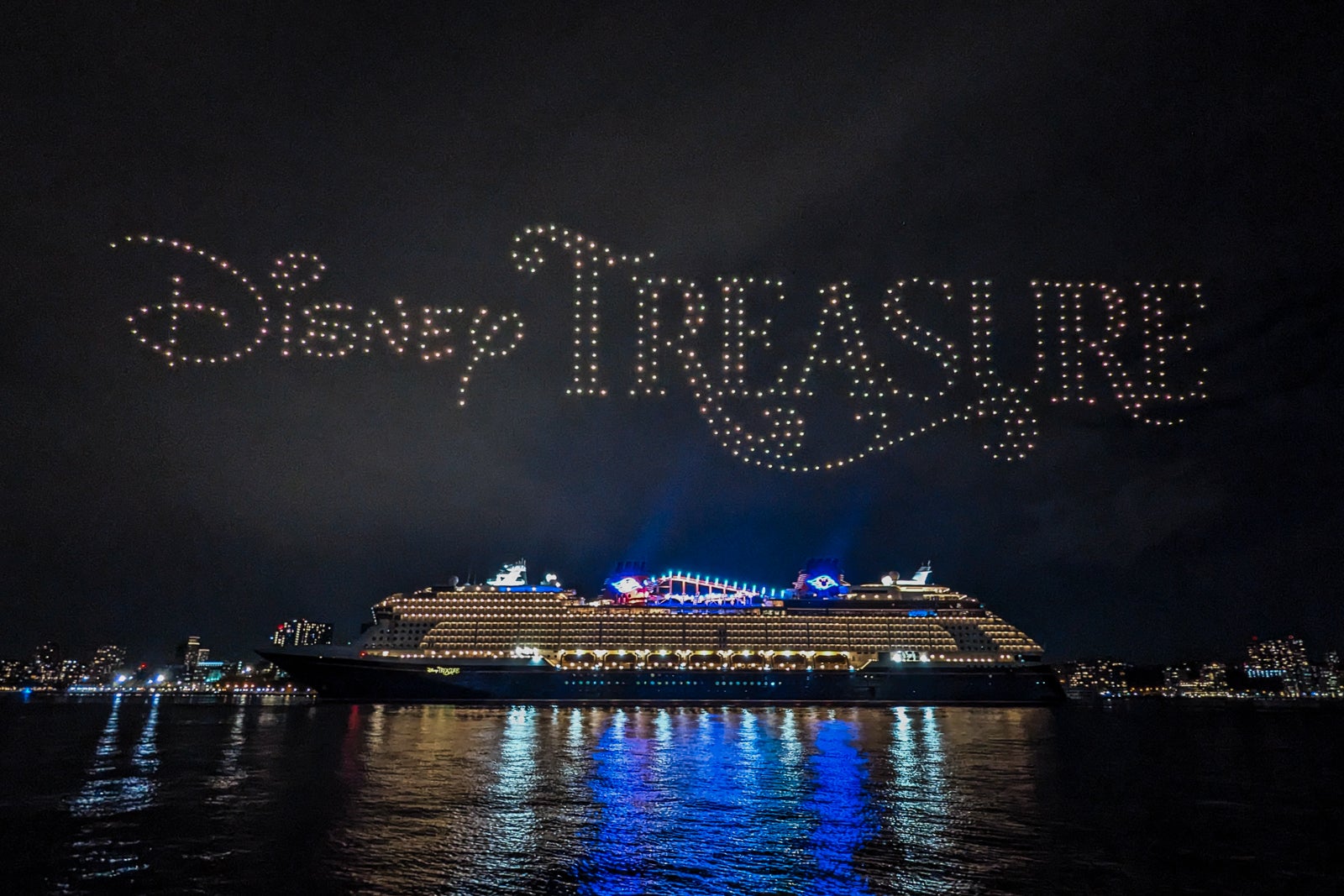


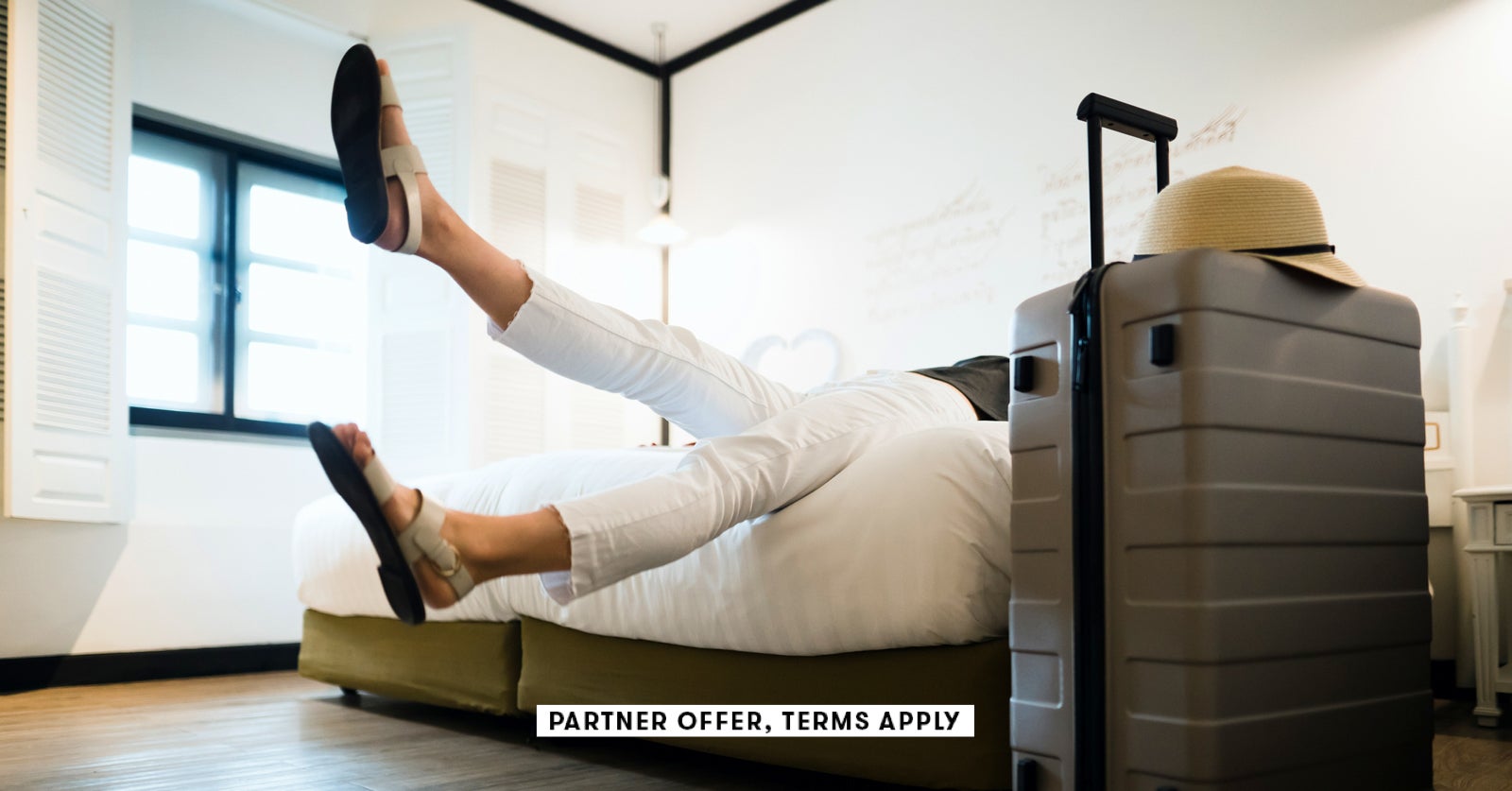
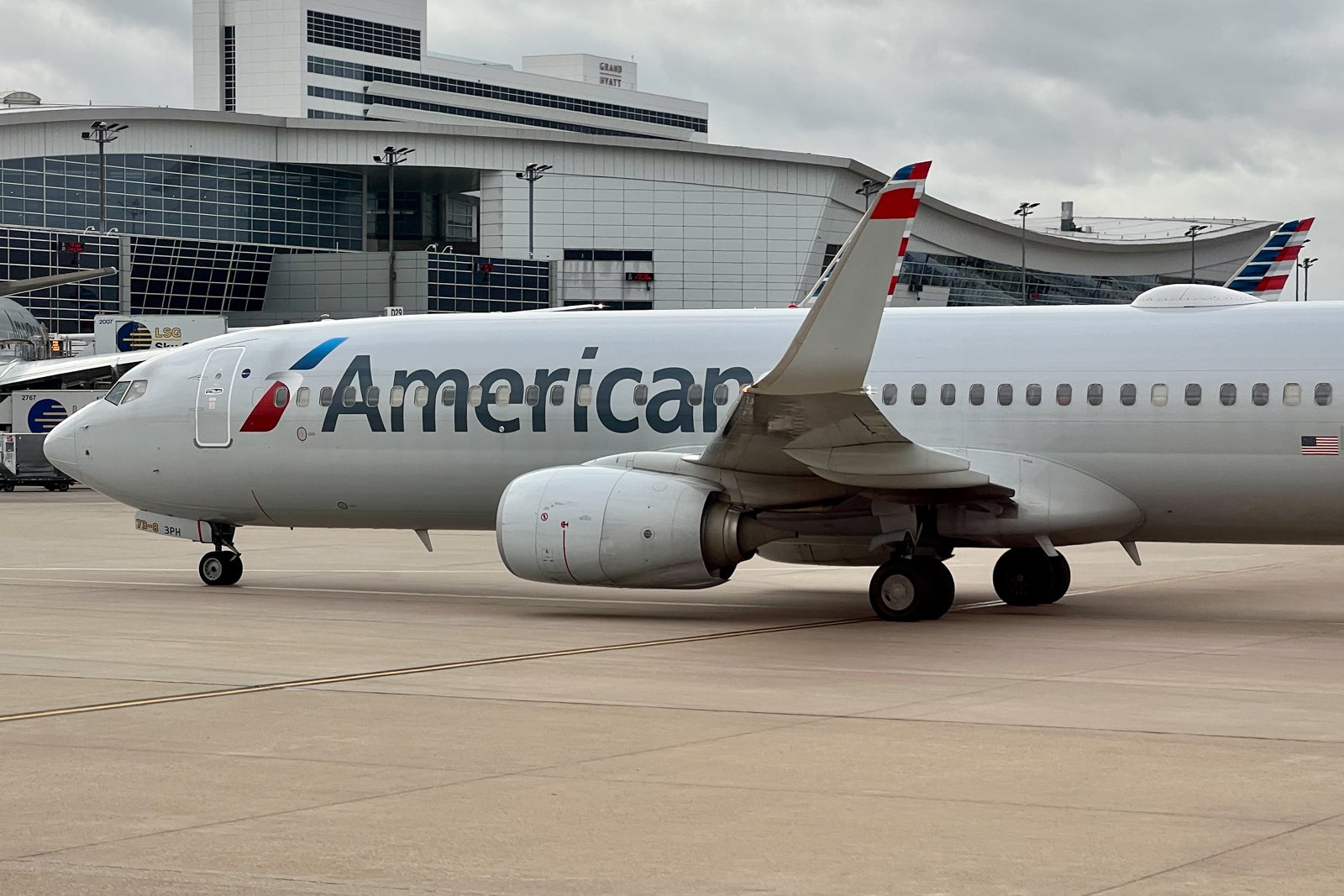
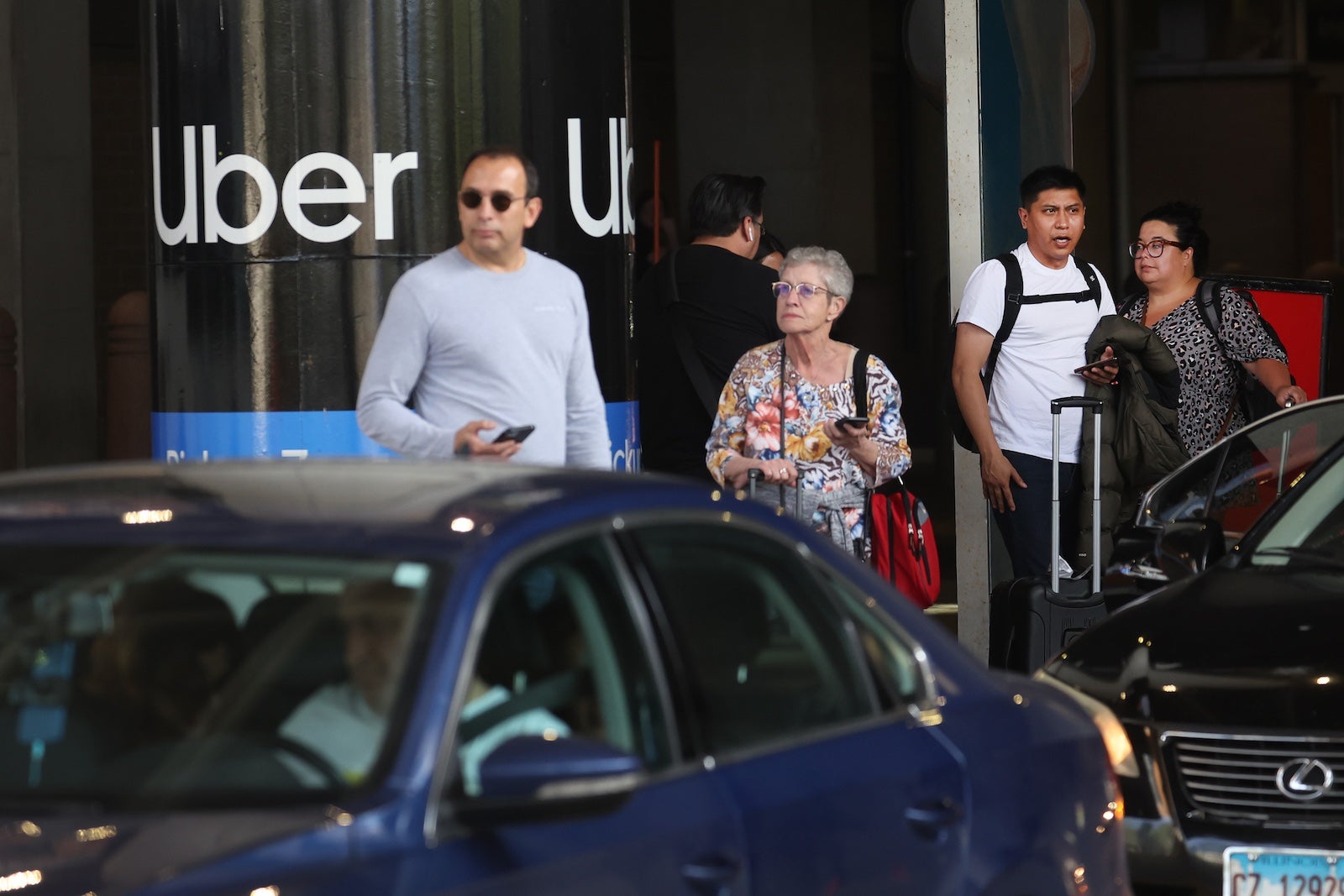
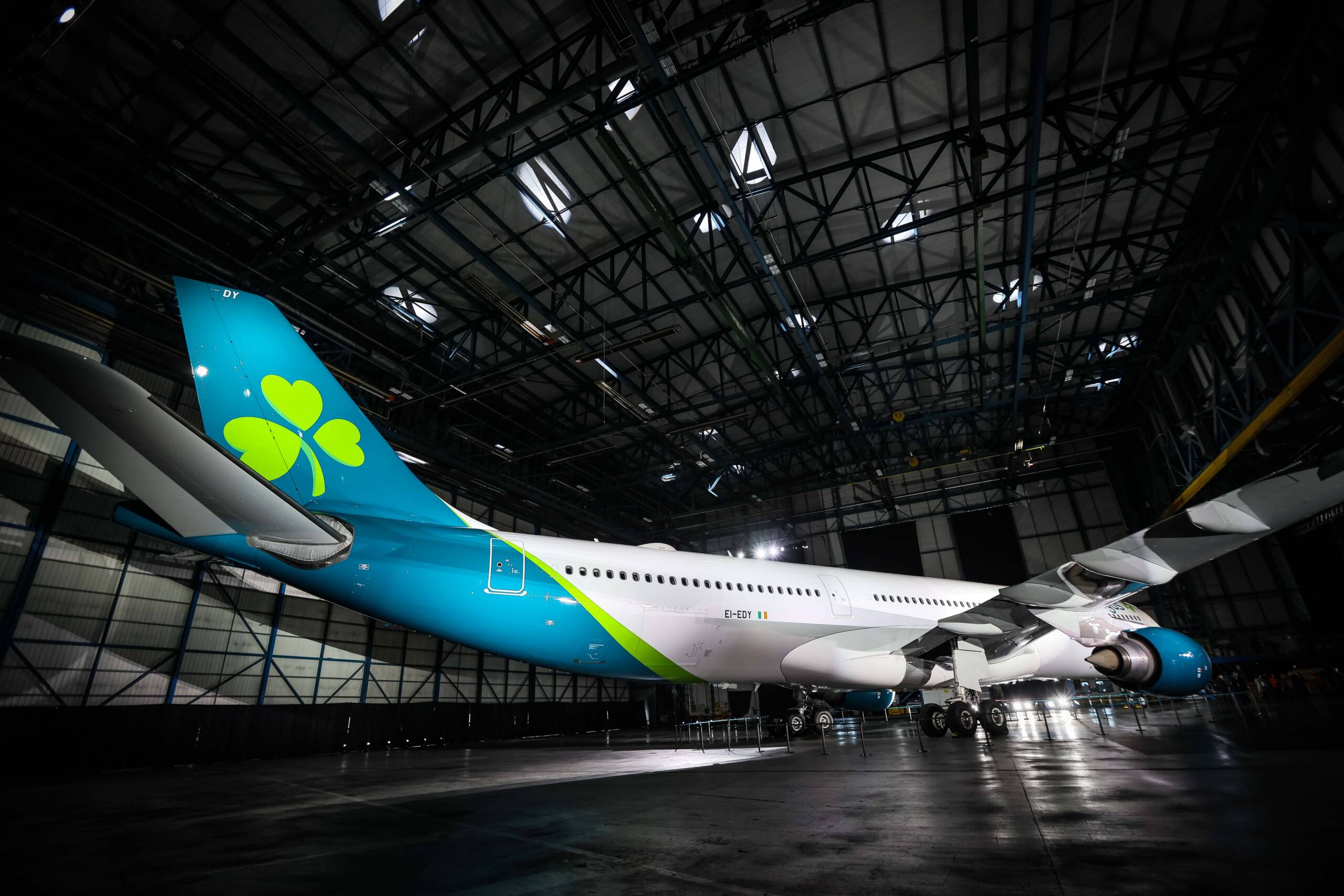





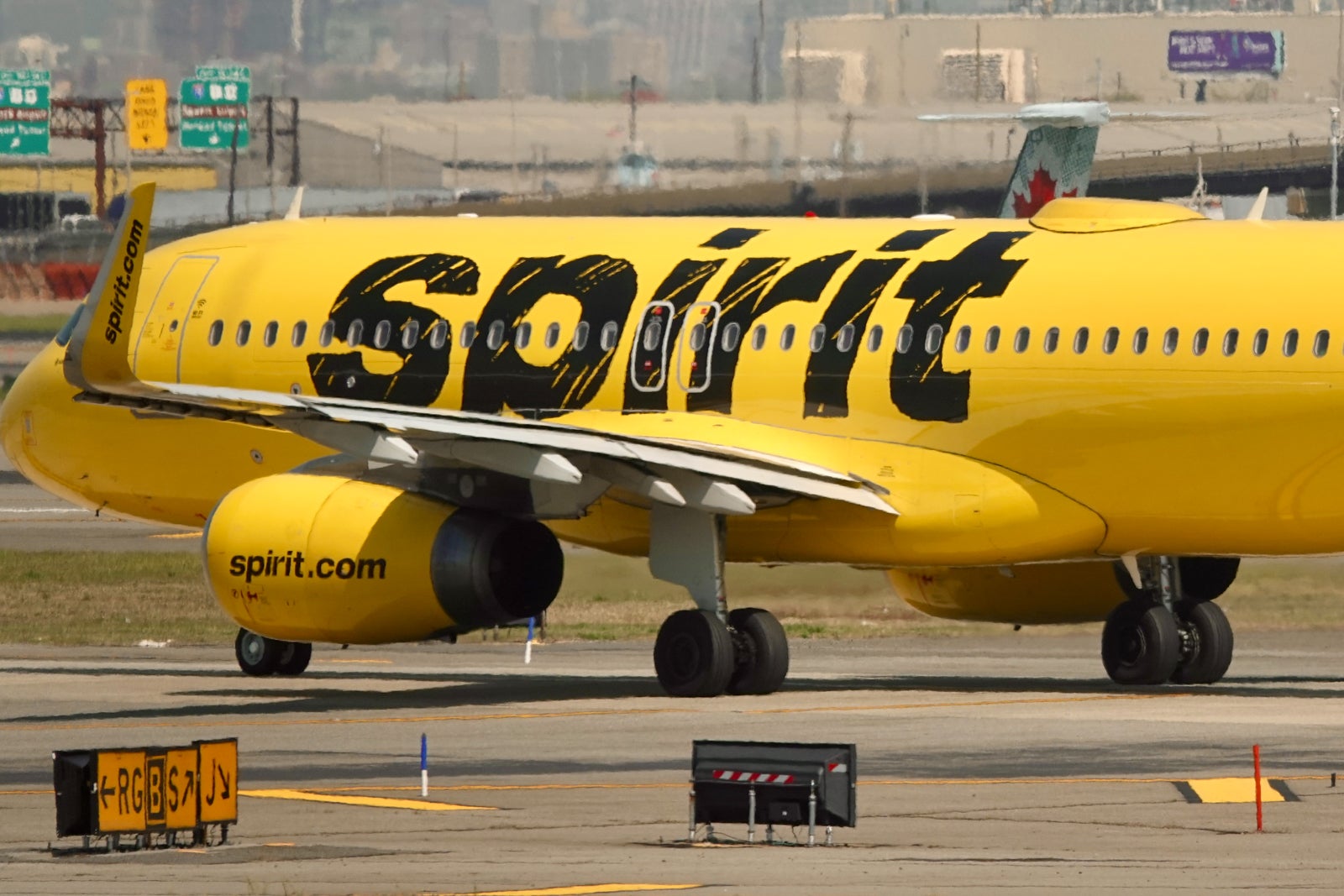
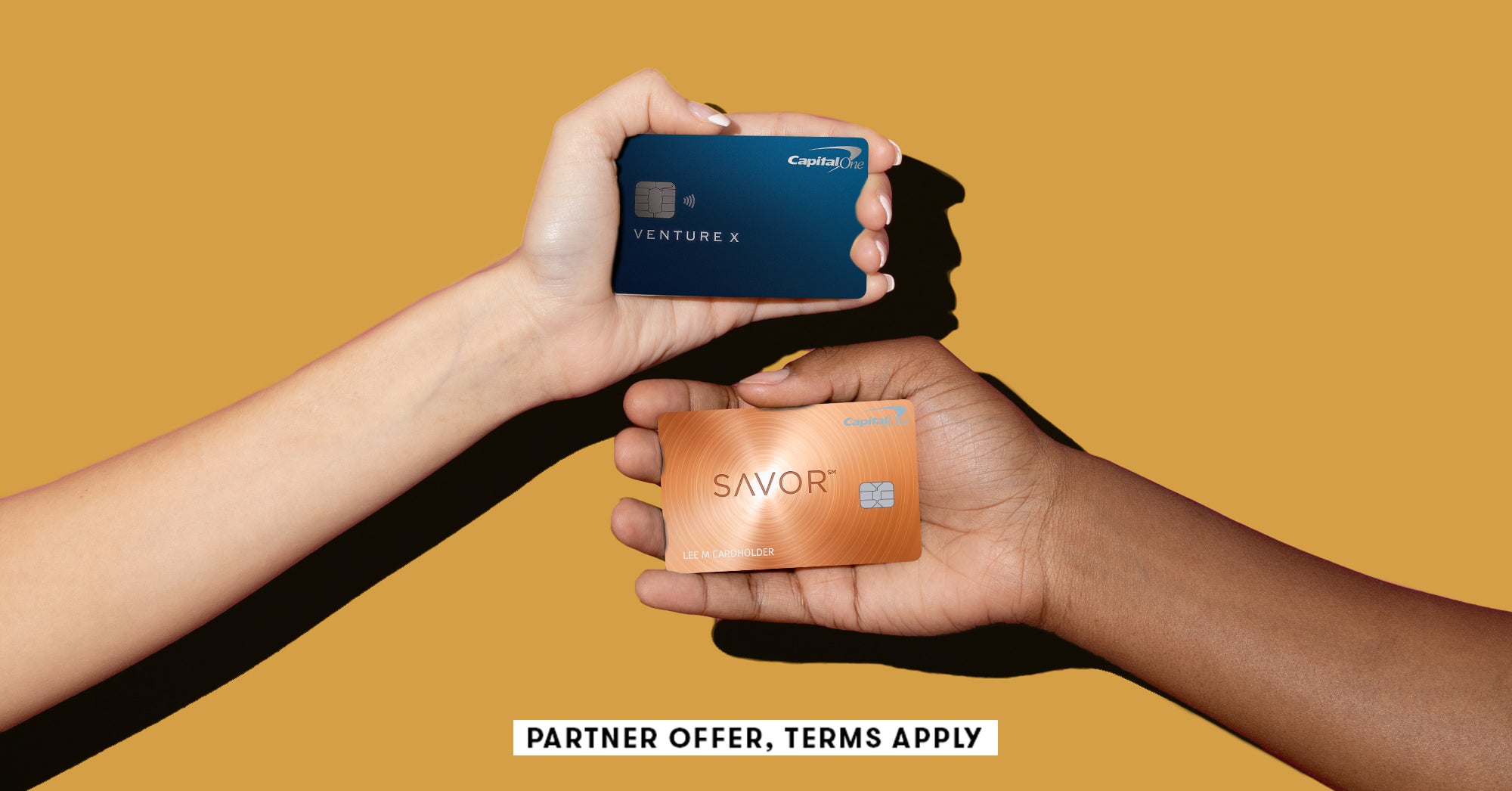



 English (US) ·
English (US) ·